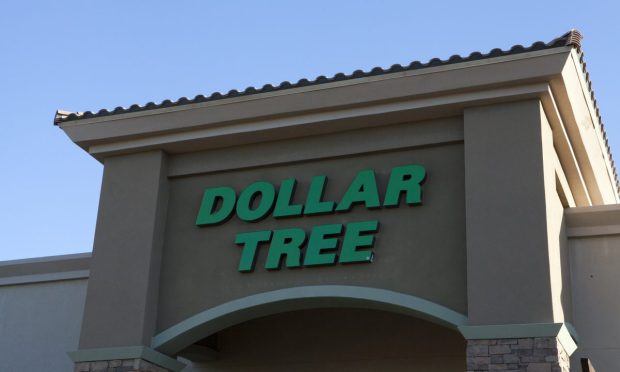Dollar Tree or Three? Discount Retailer Tinkers With $3 and $5 Price Points

Three months after the parent company of the Dollar Tree and Family Dollar chain of discount stores announced it was “breaking the buck” and lifting its long-standing $1 price format to $1.25, the Virginia-based retailer is at it again.
After announcing its previous pricing initiative had been successfully implemented at all 7,800 of its Dollar Tree branded stores — two months ahead of schedule — President and CEO Michael Witynski told analysts and investors that the company was moving ahead with plans to roll out $3 and $5 product bundles in the coming months.
“This strategic endeavor will enable Dollar Tree to ultimately drive store traffic, productivity, customer loyalty and operating performance while enhancing our ability to navigate the business through periods of higher cost,” Witnyski said, adding that the “$1.25 price point is transforming our company.”
In addition, Witnyski said lifting the constraints imposed by the $1 price point has also allowed the retailer to bring back popular items that had been discontinued, calling the low-priced consumable merchandise “customer favorites” that are key traffic drivers.
The Time Was Right
While pointing out the company has been operating in a higher cost environment due to inflation, tariffs, supply chain and labor costs, Witnyski said the new $1.25 pricing also enabled it to “materially expand our assortment and introduce new products and sizes” of popular daily essential items for families seeking a great value.
The comments come as the second-largest operator of dollar stores reported Q4 and full-year results that topped analysts’ expectations. For the three months ending Jan. 29, Dollar Tree said its sales rose 4.6% to $7.08 billion, with enterprise same-store sales up 2.5% led by a 3.1% advance at Dollar Tree and a 1.7% comp store gain at Family Dollar
The company also noted that, like its customers, it is also facing higher freight and labor costs as well as recall-related charges, all of which saw gross margin slump to 30.2% from 31.8%, although Witnyski said the range of benefits caused by the $1.25 pricing shift would enable it to get back to 35% to 36% margins.
“Our customers are excited,” Witnyski said, adding that they have enthusiastically embraced the price increase and product changes.
At the same time, Dollar Tree is continuing to try to close the store count gap with segment leader Dollar General, which currently has about 17,700 locations or about 2,000 more than its rival.
It is also worth noting that while Dollar General’s $46 billion market cap is still about 30% larger than Dollar Tree’s $32 billion valuation, the latter’s stock price has done a lot to shrink that gap, rising 45% in the past year compared to only a 4% advance by its rival.
The Way Forward
Calling itself “dedicated, aligned and focused,” Dollar Tree’s executive leadership team said it expects to increase its system-wide selling square footage by 2.8% and grow its comp store sales in the low-to-mid single-digits range this year, amid $1.3 billion in capital expenditures.
According to CFO Kevin Wampler, those investments will come in the form of 590 new stores consisting of 400 Family Dollar and 190 Dollar Tree stores, 1,500 Dollar Tree Plus additions and 800 Family Dollar H2 renovations.
Other investments include the addition or replacement of frozen and refrigerated capabilities, as well as construction related to supply chain and upgrades to IT systems.
“As we reinvest in, and market, the extreme value assortment at Dollar Tree we are confident store traffic and productivity will improve throughout the year,” Witnyski said, predicting a commensurate increase in shopper loyalty. “Value and convenience is more important than ever to our customers in today’s environment,” he added.
